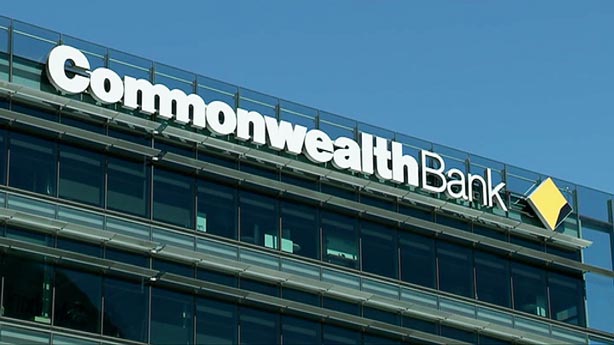The Commonwealth Bank is facing another scandal as the Australian Transactions Reports and Analysis Centre (AUSTRAC) launches civil proceedings accusing the bank of being complicit in money laundering.
This exposes a deeply worrying prospect, that the Australian public are vulnerable to crime and terrorism directly funded through the Australian banking system.
AUSTRAC alleges CBA breached the Anti-Money Laundering and Counter-Terrorism Financing Act (2006) 53,700 times since 2012, where transactions were not reported by the bank, or reported too late. The bank faces a potential penalty of A$18 million per breach, which could amount to billions of dollars.
According to AUSTRAC, criminals deposited cash, amounting to tens of millions of dollars, over a period of two years in intelligent deposit machines where it was automatically counted and credited instantly to the nominated recipient account. The funds were then available for immediate transfer to other accounts both domestically and internationally.
In their evidence AUSTRAC details how four identified criminal syndicates were able to readily use CBA ATMs to breach the A$10,000 transaction threshold on 1640 occasions amounting to A$17.3 million. A total of A$625 million of suspicious transactions flowed through these CBA ATMs.
CBA’s response to these serious allegations is that it reports 4 million transactions to AUSTRAC per year contributing to the effort to “combat any suspicious activity as quickly and efficiently as we can.” The bank insists all key personnel have been trained in compliance with the Money-Laundering Act. The CBA acknowledges there was a software fault with a number of their ATMs which allowed these transactions to take place, but apparently this took several years to fix.
Unfortunately this response in the circumstances only provokes further questions.
Regulators asleep at the wheel
What this really shows up is the government’s “light touch” regulatory approach which translates into soft touch regulation. It seems regulators in Australia are too frightened to take action even when there is mounting evidence of illegality.
AUSTRAC itself did not launch any proceedings under the Anti-Money Laundering and Counter-Terrorism Financing Act until 2015. This followed a lengthy report of the Financial Action Task Force which concluded:
[AUSTRAC’s] graduated approach does not seem to be adequate to ensure compliance.
Since then AUSTRAC has taken action against Tabcorp on a money-laundering case which reached a A$45 million settlement in February 2017. This contrasts with far larger fines imposed on international banks for money laundering including a US$1.2 billion fine for HSBC and a US$262 million fine for Standard Chartered in 2012 from the US Justice Department.
At a US Senate hearings in 2012, a HSBC chief compliance officer famously quit his post on the spot in answering money laundering allegations, implying he could not defend the indefensible.
The Australian banking industry has faced minimal pressure to reform compared to other countries, where the restructuring of the banks is progressing. Australia has seen a succession of inquiries however each has focused on particular aspects of the banks functioning and proposed specific reforms.
It will require a Royal Commission into the Australian banks to examine the structural and systemic failures of the banks. The banks have become the main providers of not only retail but investment banking, insurance, superannuation and financial advice, and this deserves critical scrutiny.
If the AUSTRAC allegations against the CBA are proven in the Federal Court, this matter is of a different order of magnitude to earlier problems. It suggests a degree of irresponsibility which is unacceptable in major financial institutions.
It also suggests it’s deeply embedded in the banks cultural and operating processes, which undermines the security of Australian citizens. This would demand a substantive inquiry into the management, integrity and culture of the banks that only a Royal Commission could provide.
In the meantime, the CBA needs to provide firm evidence to the Australian public that none of its ATM machines can continue to be used for money laundering. It also needs to prove there are procedures in place for ensuring all suspicious banking activity by potential criminals or terrorists is fully reported to the Australian authorities as soon as the CBA has any knowledge of such activity.
Author: Thomas Clarke, Professor, UTS Business, University of Technology Sydney

